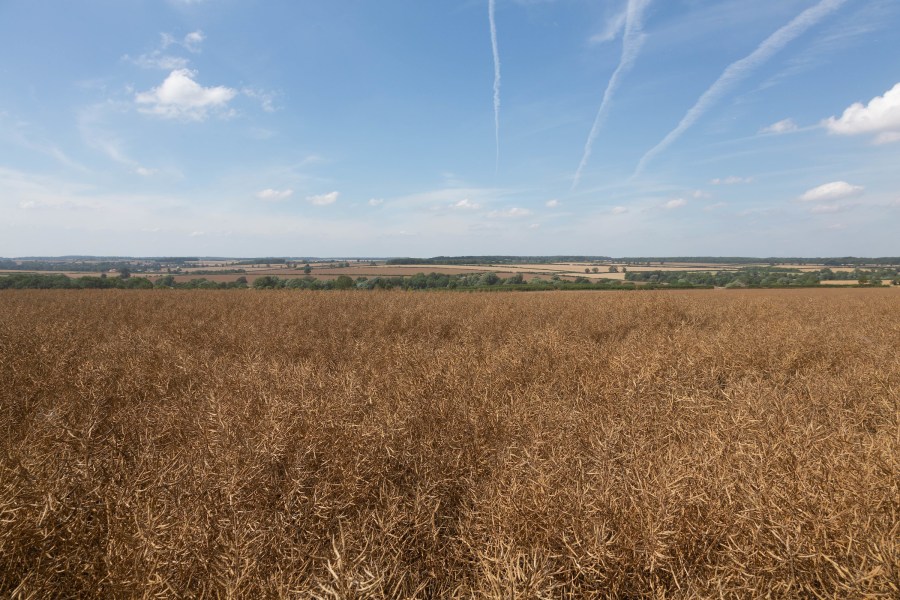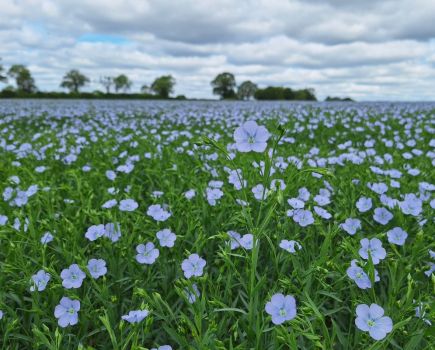Environment Agency convened has this week (Tuesday 26 July) the National Drought Group, to discussed the current situation and agreed actions to protect water resources and the environment in the UK in the weeks ahead.
The group is made made up of senior decision makers from Environment Agency, government, water companies, Water UK, the NFU and environmental protection groups including the Angling Trust and Rivers Trust. Following Tuesday’s meeting members agreed to continue to work closely together to monitor and manage the current situation, including convening the National Drought Group’s water supply and communications sub-groups.
“While last week’s extreme high temperatures are now behind us and there are currently no plans for restrictions on essential water use, we can all do our bit by reducing unnecessary water consumption and following advice from our water company to ensure this remains the case whilst our rivers are exceptionally low,” said Harvey Bradshaw, EA executive director for the environment and chair of the NDG.
“We are working very closely with water companies, farmers and other water users to manage the current situation. Today’s meeting was an important step in agreeing joint actions to protect our water resources with further dry weather forecasted for August, including ever-closer working to monitor and manage water supplies and the environment.
“Environment Agency teams are doing brilliant work across the country monitoring river levels and responding to environmental incidents, as well as enacting the early stages of our drought plans in many parts of England to protect people’s access to water and preserve the environment.”
Current situation
Regulators and water companies are working together closely to manage water levels and take action where needed, including activating different levels of well-established dry weather plans in the most affected areas.
Most of England has moved into ‘Prolonged Dry Weather’ status – meaning the EA is now taking precautionary actions to mitigate impacts as hydrological conditions deteriorate and enhancing its monitoring and protection of water resources, along with the water companies.
Nowhere in England is currently considered to be ‘in drought’ and most water companies are maintaining good reservoir storage for summer demand. If further measures are required, temporary use bans (more commonly known as hosepipe bans) will be determined by individual water companies and drought permits and drought orders by the Environment Agency and Defra respectively.
However, recent abnormally high temperatures have exacerbated conditions resulting from lower-than-normal rainfall so far this year in many parts of England. With the Met Office forecasting potentially several more dry weeks ahead, particularly in the South and East of the country, the EA and water companies are now enacting the early stages of their well-rehearsed and publicly available drought plans and calling on everyone to do their bit in managing water use.
This will become even more vital in the future as we continue to adapt to a changing climate. Projections show that, by 2050, some rivers could have between 50 and 80% less water during the summer and summer temperatures are set to be up to 7.4C hotter.
Managing drought risk
The EA takes a broad range of measures to manage drought risk, with many already in action. These include:
- Managing abstraction licences to balance the needs of users and our natural environment;
- Helping those areas which are the worst affected by prolonged dry weather by operating water transfer schemes that allow rivers to be artificially maintained;
- Applying for Drought orders in order to protect the natural environment, including applying to Defra last week for an order for the Holme Styes reservoir in Yorkshire to support environmental needs;
- Planning with water companies and ensuring they have and are implementing their drought plans. Every water company in England has a published drought plan available on their website;
- Working with the farming sector to provide greater assistance to farmers in prolonged dry weather areas;
- Reoxygenating water and rescuing fish in distress where river flows are especially low;
- Supporting the Fire and Rescue Service to tackle waste fires and wildfires.
The National Drought Group will continue to work together very closely over the coming weeks and will next meet in August.




